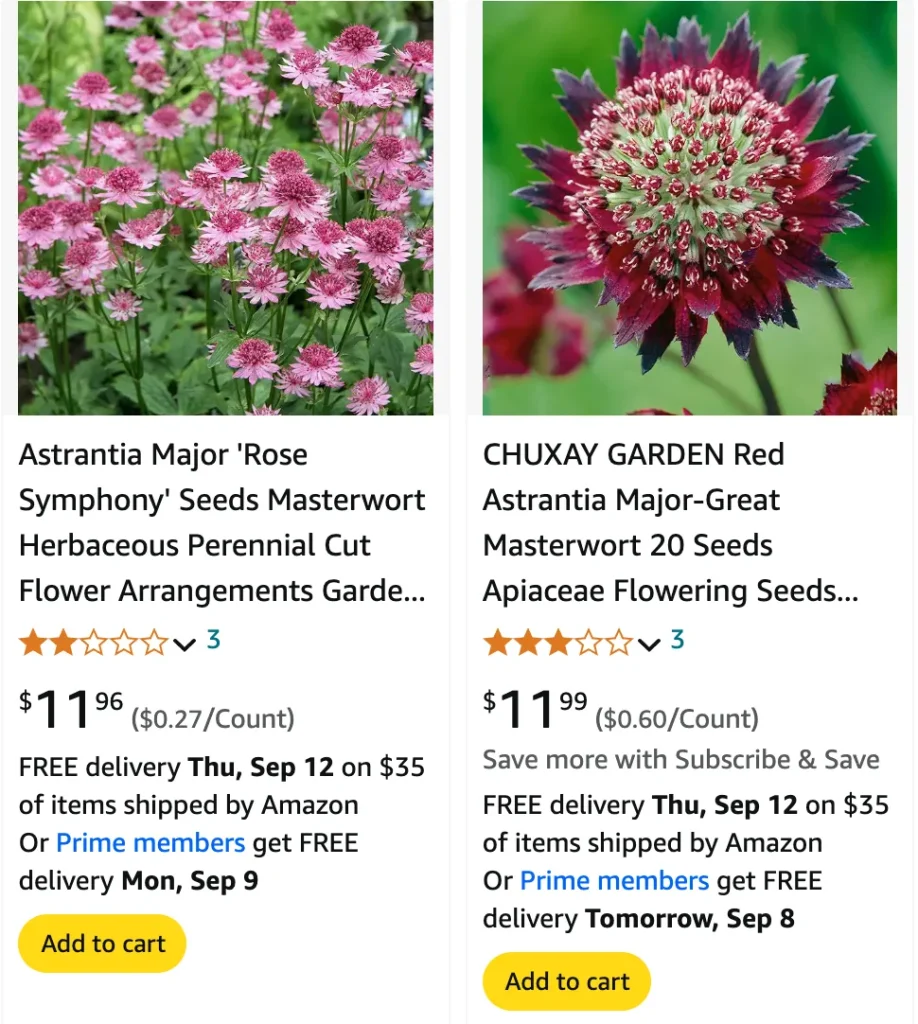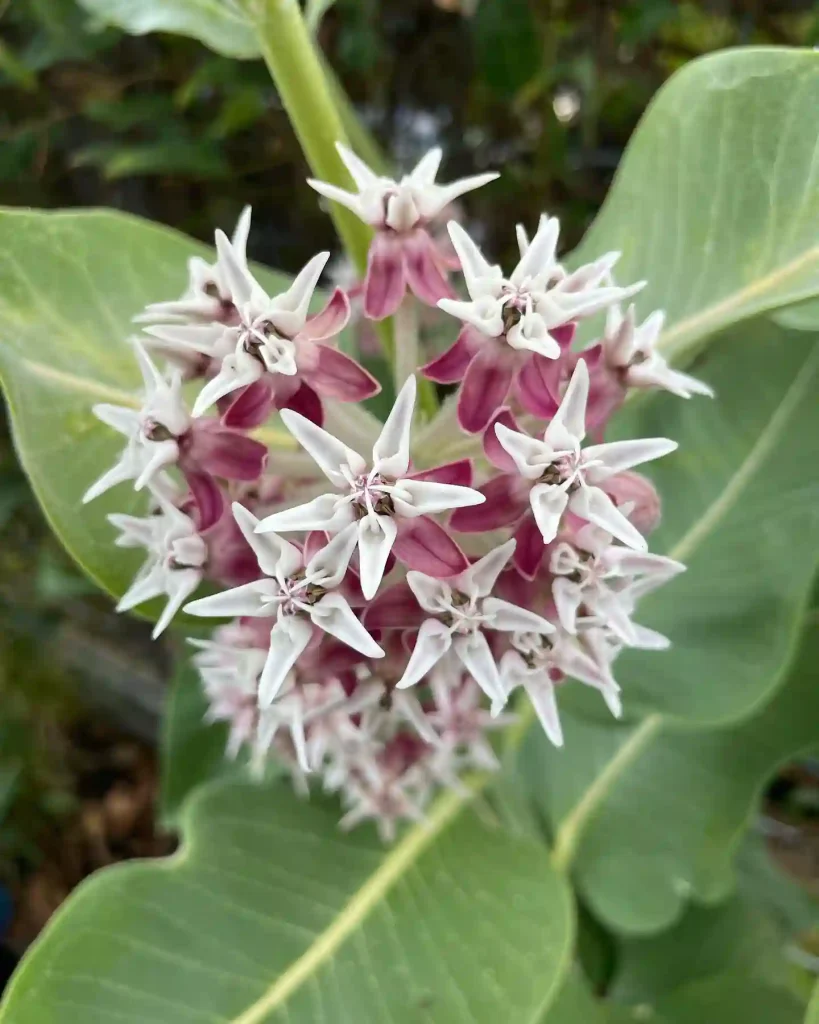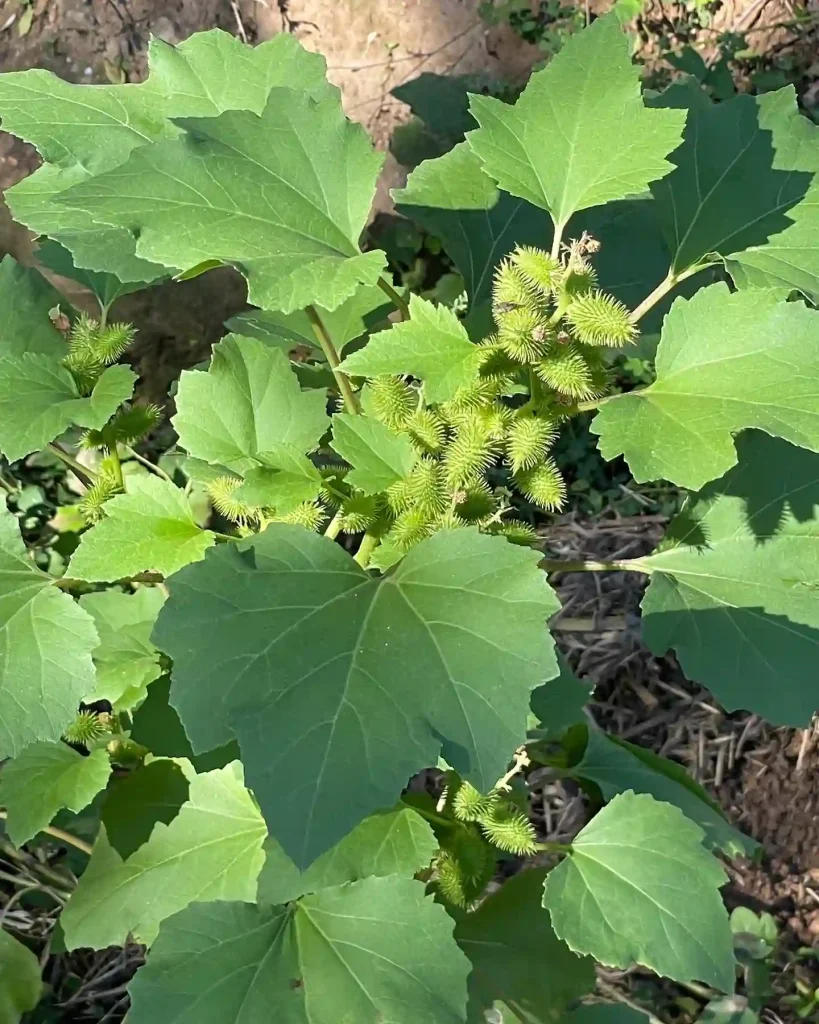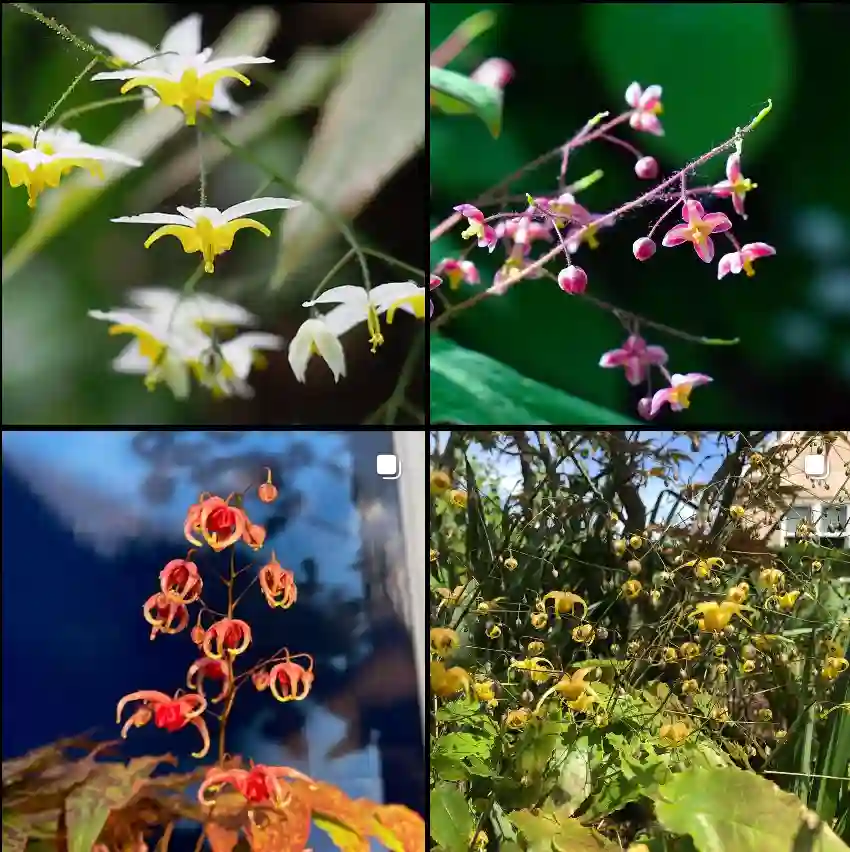
How to Grow Astrantia Major?
Astrantia Major, often known as Masterwort, is a fascinating perennial that’s relatively easy to grow once you get the hang of it. If you’re new to this plant, don’t worry—I’ve had my fair share of learning experiences with it! Here’s a straightforward guide to help you cultivate this beautiful flower in your garden.
10 Species in Genus Astrantia
Where to Plant Astrantia Major?
Astrantia Major thrives in a partially shaded spot, although it can tolerate full sun in cooler climates. It prefers moist, well-drained soil enriched with organic matter. Think of a woodland garden or a shaded border where it can get a little protection from the midday sun. If you live in a warmer region, it’s best to plant it where it gets some afternoon shade.
When to Plant Astrantia Major?
The ideal time to plant Astrantia Major is in early spring or late summer. Spring planting gives the plant a full growing season to establish itself before winter, while late summer planting allows it to settle in before the cooler weather arrives. Just make sure the soil is workable and not too waterlogged.
How to Grow Astrantia Major from Seed?
Growing Astrantia Major from seed is a rewarding experience, though it requires a bit of patience. Start by sowing seeds indoors 6-8 weeks before the last frost. Use a seed tray filled with a mix of seed compost and vermiculite. Press the seeds lightly into the soil but don’t cover them too deeply. Keep the tray in a warm, bright place and maintain a moist environment. Germination can take anywhere from 2-4 weeks.
When to Sow Astrantia Major Seeds?
For the best results, sow Astrantia Major seeds in late winter or early spring. If you’re starting them indoors, this timing will ensure they are ready to be transplanted outdoors once the risk of frost has passed. You can also sow directly into the garden in late spring, but keep in mind that it might take longer for them to establish.
How to Propagate Astrantia Major?
Propagating Astrantia Major is quite straightforward. The most common method is by division. In early spring or late summer, carefully dig up the plant and divide it into sections, each with roots and shoots. Replant these divisions in their new locations and water well. Alternatively, you can propagate through basal cuttings taken in early spring. Simply cut a portion of the plant, ensure it has a few nodes, and plant it in a pot with moist compost.
When Does Astrantia Major Flower?
One of the highlights of Astrantia Major is its stunning flowering period. The plant typically blooms from late spring to early summer, producing charming, star-shaped flowers that can last for several weeks. The flowering time might vary slightly depending on your climate and growing conditions.
How to Care for Astrantia Major?
Caring for Astrantia Major involves a few key practices. Ensure it’s planted in the right location with adequate moisture. Regular watering is essential, especially during dry spells, but avoid waterlogging. Mulching around the base can help retain moisture and keep weeds at bay. Deadhead spent flowers to encourage more blooms and cut back the plant after flowering to maintain its shape and health.
Can You Grow Astrantia Major Indoors?
While Astrantia Major is typically grown outdoors, it is possible to grow it indoors if you can provide the right conditions. You’ll need a bright, cool location with indirect sunlight. Ensure proper drainage and use a pot with a good-quality potting mix. However, it’s worth noting that indoor conditions might not be ideal for its growth compared to an outdoor garden.
Is Astrantia Major Toxic?
Good news—Astrantia Major is non-toxic. This makes it a safe choice for gardens where pets or small children might be present. Its beauty comes without the risk of toxicity, allowing you to enjoy it without worry.
Benefits of Astrantia Major
Astrantia Major offers several benefits beyond its visual appeal. It’s a low-maintenance plant that attracts pollinators like bees and butterflies, making it a great addition to a wildlife-friendly garden. Its long-lasting flowers add color and texture to shaded areas, and the plant itself can help fill gaps in your garden design.
Common Problems with Astrantia Major
While Astrantia Major is generally hardy, it can face a few issues. Watch out for fungal diseases like powdery mildew, especially in damp conditions. Ensure good air circulation around the plant and avoid overhead watering to reduce the risk. Slugs and snails can also be a nuisance, so keep an eye out and take measures if needed.
Comparing Astrantia Major with Similar Plants
Astrantia Major can sometimes be confused with plants like Sedum or Phlox due to its star-shaped flowers. However, Astrantia has a unique flower structure with more delicate and intricate details. Unlike Sedum, which is more succulent and drought-tolerant, Astrantia thrives in moist, shaded environments. Its comparison to Phlox mainly revolves around its flower shape, but Astrantia’s growth habit and foliage are distinct.
In summary, Astrantia Major is a wonderful addition to any garden, especially in shaded areas. Its beauty and ease of care make it a favorite among gardeners. Whether you’re starting from seed or propagating an existing plant, following these guidelines will help you enjoy the stunning flowers of Astrantia Major for years to come.
If i die, water my plants!



